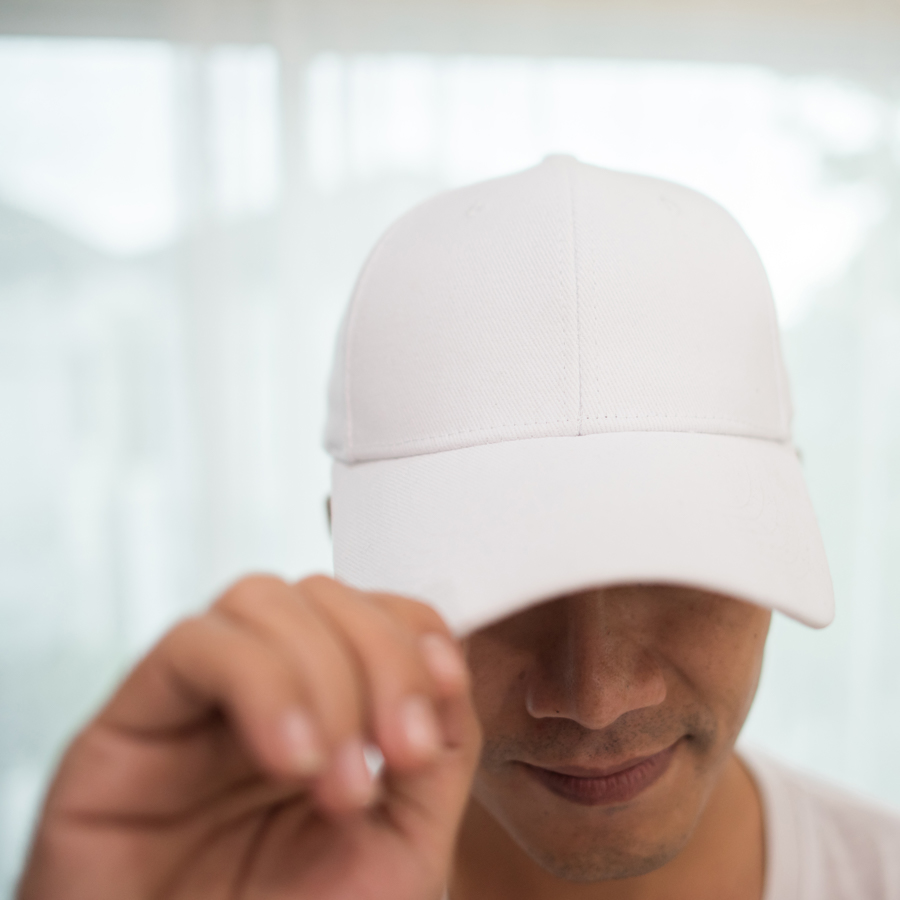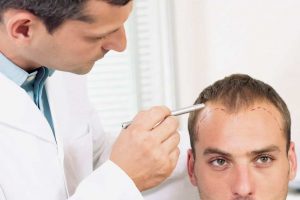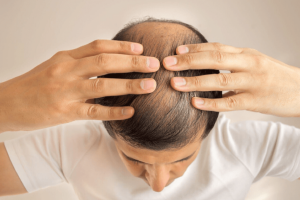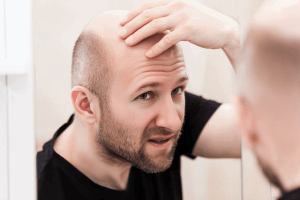Health insurance cover for hair transplants | US, UK and Australia
When it comes to searching for insurance for hair transplants, you’d better make sure it’s private insurance you’re searching for.
From ACA-approved programs in the United States to the NHS in the UK, to Canadian plans such as the Ontario Health Insurance Plan, public healthcare systems will not cover your hair transplant.
In Australia, health insurance won’t cover hair transplants at all.
Instead, you’ll need to look to private insurance, or as the case is in Australia, to eschew insurance altogether and look into private loans to secure the funds necessary for a hair transplant.
The reason for all of these countries’ health insurance systems denying coverage for hair transplants is the same – with a few exceptions, is because hair transplants are considered a “cosmetic” choice, and are thus not covered by government health care.
Either way, these options provide coverage for hair transplants that standard government health care simply cannot.
For example, while NHS does not supply coverage for “cosmetic” procedures, private health insurance in the UK can indeed cover you for treatment.
Here are some of the companies which provide private health insurance for hair transplants:
- BUPA and BUPA International
- Axa
- CIGNA
- Axa
- Allianz
- Henner
- Vitality Health
- Simply Health
- International SOS


When are hair transplants covered by government health insurance?
Hair loss has the unique, and awful ability to rob us of our confidence and leave us feeling weaker than we could ever imagine.
We’ve known that since the story of Samson and Delilah, or even “Simpson and Delilah,” an early episode of The Simpsons where Homer regrows his hair with a special prescription and reaps all the societal and workplace awards that come with a full head of hair.
The trouble is, then as now, hair regrowth formulas and treatments can be expensive, which is why Homer puts the bill on his health insurance.
However, if you’re thinking that sounds too good to be true, that’s because it is.
In addition to the fact hair transplants are typically seen as a cosmetic procedure, baldness itself doesn’t constitute a life-threatening condition.
Unfortunately, as you and Homer know too well, it can be a lifestyle-threatening one.
As such, you’re faced with a basic choice.
Homer took the former route in the episode, putting down on his healthcare form that he was buying the hair growth formula “to stop my brain from freezing.”
Needless to say, that doesn’t fool people for long, and Homer soon finds himself staring down the possibility of answering for healthcare fraud – something you definitely don’t want to experience yourself.
As such, you find yourself faced with two possible choices – find a way to declare that you need your hair transplant for non-cosmetic means, or look at other means of covering the procedure.
However, the former may not be worth it, since typically, if you’re pursuing a hair transplant for non-cosmetic means,
it’s the result of a pretty serious accident or condition. This can include your scalp being ripped open by an auto accident or the loss of hair due to chemo.
Again, these are extremely serious, genuinely life-threatening conditions, and obviously not worth having (or faking) just so you can get a hair transplant.

Finding Insurance Coverage | Your options
That said, some health insurance plans include coverage for wigs for these and other medical conditions, such as hair loss due to thyroid or kidney issues, alopecia, or severe stress.
Some may do the same for hair transplants, though this is rarer as these procedures tend to cost more, albeit with permanent, realistic results.
Short of suffering a medical condition or severe accident, therefore, your best bet of finding a way to have your health insurance cover your hair transplant is to find a plan that offers protections for those highly-specific conditions.
Needless to say, that’s easier said than done, and it might honestly be easier to go with the aforementioned method of simply finding a private loan or other service that can cover the cost.
Taking out insurance after your hair transplant
Let’s say you’ve either found coverage or taken out a loan and have finally gotten your hair transplant.
You’ve already spent four if not five figures on this operation, so you don’t want an accident ruining your hair transplant and making all that spending in vain.
What should you do?
Everyone knows Regina George in Mean Girls has her hair insured for $10,000 (that’s the rumor, anyway), so your best bet might be to try and do the same.
This isn’t just relegated to the world of Tina Fey comedies, either – Pittsburgh Steelers Hall of Famer Troy Polamalu had his hair insured (and for more than Regina, $1,000,000!), so it is possible.
Odd as it may seem to insure your hair, when you’re spending that much on something, it makes sense to protect it.
Contact a property insurance provider and see what they recommend as to the best way to insure your hair against long-term damage.

Pharmacist with special interest in hair loss and hair transplantation.
Read my book on hair transplants in Turkey on Amazon:
https://track.more-info.co.uk/amazon/authorprofile


















